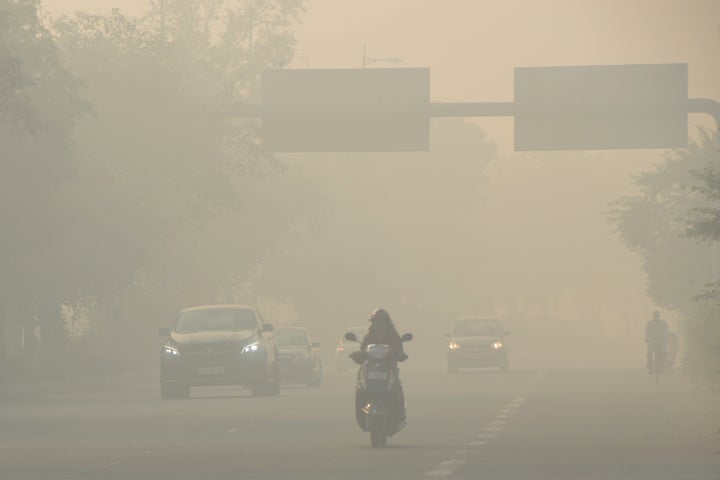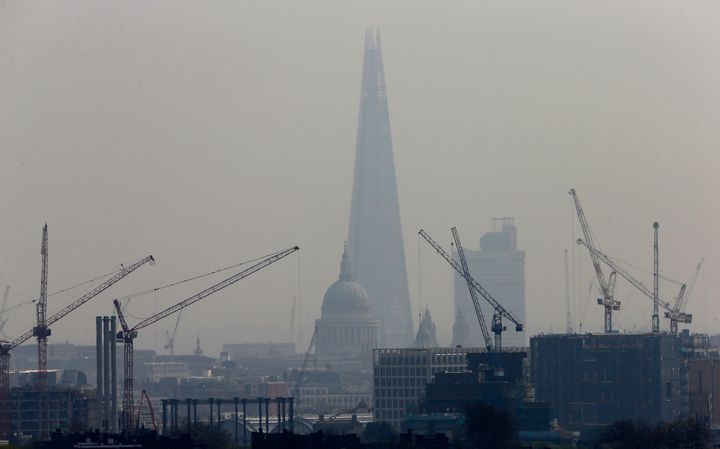Air pollution is already classified as a carcinogen thanks to its associations with lung cancer but there has been little evidence suggesting that it could cause other cancers around the body.
Now though a new large-scale study carried out by the Barcelona Institute of Global Health and supported by the American Cancer Society has found there could be associations between air pollutants and kidney, bladder and colorectal cancer.
The study uses data collected from the Cancer Prevention Study II which saw over 200,000 participants give health information for a massive 22 years (1982 to 2004).

The team examined the associations of mortality from cancer with 29 sites around the world that had experienced long-term residential exposure to the main pollutants found in air pollution: PM2,5, nitrogen dioxide (NO2) and ozone (O3).
What they found were 43,000 non-lung cancer deaths. Of that data they noticed that PM2,5 was associated with mortality from kidney and bladder cancer with a 14% and 13% increase respectively for each 4.4 μg/m3.
Looking at NO2 they also noticed that exposure was linked to a 6% increase per each 6.5 ppb increment.
The study is a very early look at these links, so for now rather than seeing it as a definitive link the paper’s authors see it as a reason to look further.
Michelle Turner, ISGlobal researcher and first author of the study, explained that “although a number of studies associate lung cancer with air pollution, there is still little evidence for associations at other cancer sites”.
“This research suggests that air pollution was not associated with death from most non-lung cancers, but the associations with kidney, bladder and colorectal cancer deserve further investigation” she adds.
Air pollution is currently one of the biggest health issues facing the UK with London now repeatedly failing to meet its air quality targets.

The dangers aren’t just limited to London either, the World Health Organisation (WHO) found that out of 51 UK cities and towns listed in an air quality database, 44 fail the WHO’s test for fine sooty particles smaller than 2.5 microns - known as PM2.5s - that have been linked to heart disease and premature death.
Official guidelines stipulate that exposure to the particles should not exceed 10 micrograms per cubic metre of air.
Some towns and cities such as Glasgow and Scunthorpe even trump London’s readings with with 16 micrograms per cubic metre - 60% above acceptable levels.

